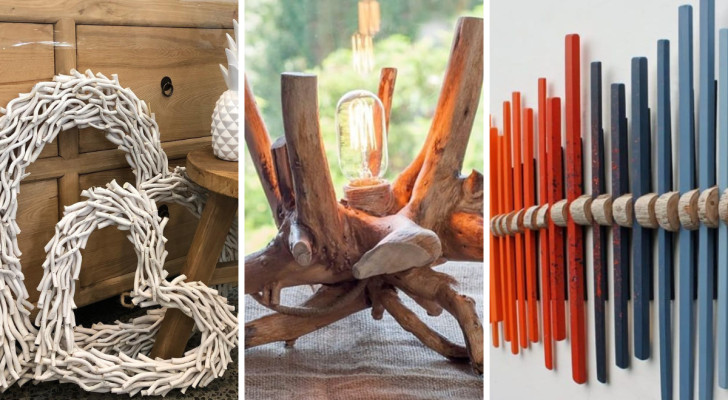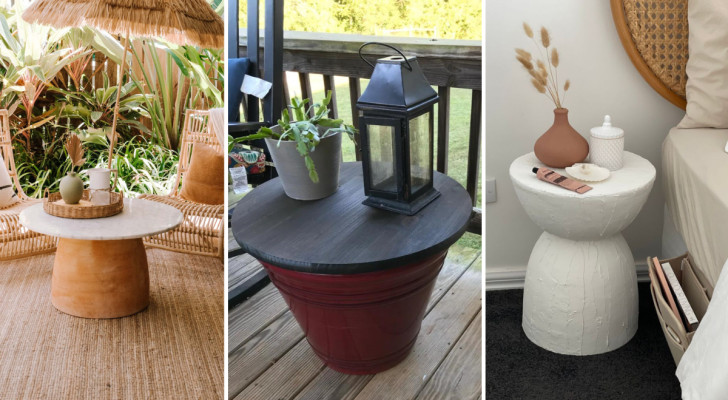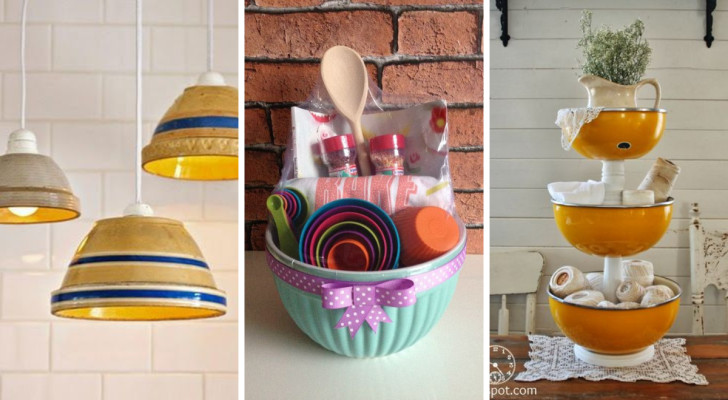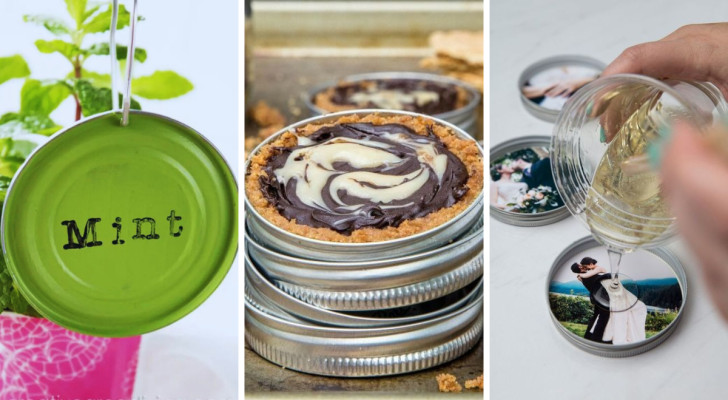Leftover soap bars: 11 alternative ways to reuse them
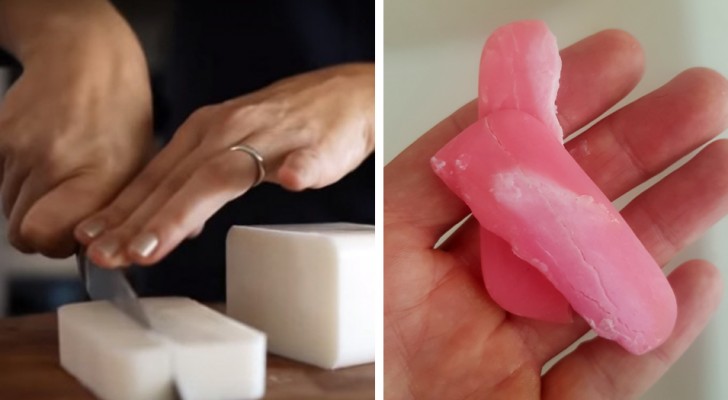
For every bar of soap we use at home, there is always a final piece that we never manage to consume at all, no matter how hard we try, not to mention the hassle of having to handle soap flakes that slip off our hands or break.
Instead of stressing ourselves so much, we can keep leftovers aside and use them in many different ways; not only, in fact, is it possible to continue to use those scraps to wash our hands or body, but there are several other uses that come in handy in everyday life.
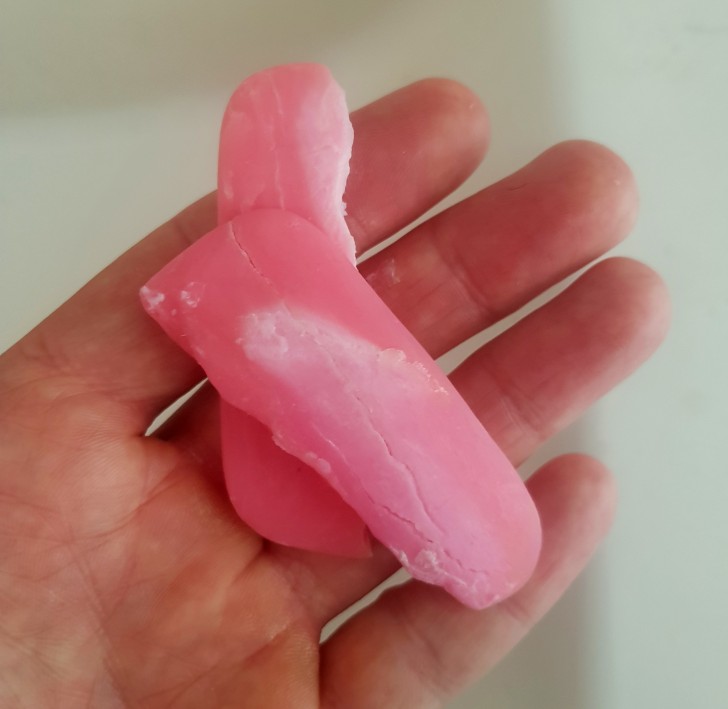
Creativo
Combine the scraps with the next bar of soap
The simplest and most intuitive idea is to continue using the soap as we have done up to that point, but for convenience instead of rubbing a thin and elusive waste between your hands, we can add it, with the help of a little bit of d water, to the next whole bar of soap, especially if it is the same type of product.
It will therefore be sufficient to moisten both the waste and one side of the new bar of soap and press them together.
Create a new bar of soap
If, on the other hand, you prefer to have a more homogeneous bar of soap, you can still use the scraps to make it, as soon as you have accumulated enough. To help you, always keep a glass jar with a lid, like those of jams, in the bathroom or in the kitchen, to fill them with waste as you go.
To make a new bar of soap you will only have to dissolve the pieces of soap in a saucepan in a bain-marie, adding only a drop of water to help them become liquid (one or two teaspoons, or a little more depending on the amount of soap), mix with a ladle of wood to avoid lumps. When they are well melted, pour it into a metal mold for sweets (those for cupcakes, madeleines or sweets that are not too big), but also some soap dishes or small containers in recovered tetra-pak, or even glass bowls or ceramic.
At that point you just have to let them cool until they solidify. It will take a few hours, and your new bar of soap will be ready.
If you do not want to melt the soap in a bain-marie, you can also pour the leftovers into a saucepan and then add water until they are just covered, lighting the heat at medium intensity. Simmer for a few minutes, stirring gently with a wooden spoon and when the pieces of soap are malleable, pour everything into a colander to remove excess water.
Transfer the soft soap mass into the mold, compacting well. Let it solidify and cool, and then remove from the mold; sometimes you have to gently help yourself with a knife to separate the soap from the edges. You can also add a few drops of essential oil when the leftovers have just been drained, but it is best to do this if the various starting soap pieces were odorless or if they all have the same aroma of the essential oil.
A useful trick, in both cases, is to spread a little oil in the molds in which you will make the soap bars.
Liquid soap
However, if you already have other solid soaps and it would be more convenient for you to have some liquid soap, you can always prepare it starting from the leftovers. The procedure is very simple: grate the soap and pour it into a saucepan, add water until it exceeds the soap of a finger (you can then add more water to make it more liquid), heat until the soap melts, stirring with a ladle. If you want, you can also add vegetable glycerin (1 tablespoon for each pound of soap).
Leave to cool for 12-24 hours maximum, but if you realize that the soap is too hard, add water and heat a little more to mix. With an electric whisk make the mixture homogeneous and smooth, and it will be ready to be poured into the dispenser.
An alternative method for obtaining a liquid soap is to grate as little as 15 grams, bring a liter of water to a boil in a pot, then turn off the heat and pour the soap into the water. Again, mix until everything is well homogeneous and let it cool. Add essential oil to taste and pour everything into a suitable bottle. If you like the idea, you can also prepare more each time with different fragrances.
Multi-purpose spray cleaner
With a soap like that of Marseille (but you can also try with others), you can prepare a multipurpose spray detergent to clean various surfaces in the house. Also in this case it is necessary to reduce the soap into flakes, the equivalent of a couple of tablespoons, and dissolve in boiling water (about 700ml of water), adding a little baking soda and tea tree essential oil, to have a good - and fragrant - antibacterial component.
To clean make-up brushes
Daily use of make-up brushes makes it essential to clean them often, so as to keep them in good hygienic conditions and use
In fact, all you need is a bar of soap, a knife (or a grater, and a glass jar (of the size you prefer). For a more pleasing result, we recommend a colored bar of soap, but any hand soap is fine. .
Here's how to proceed:
- Cut some flakes from the soap with the help of a knife. Even better if you use a grater, to have very fine flakes, even if it takes longer.
- Pour the grated soap into the jar
- Add boiling water until all the flakes are covered and wait an hour, leaving the jar open or without the lid. After about an hour the soap will have solidified and your cleaner is ready
To use it, every time you just have to wet a dirty brush under running water and then rub it on the soap, creating an emulsion that will immediately color the makeup pigments. When the brush is clean, rinse it under water and leave it to dry. As for the dirty soap part on the surface in the jar, you can rinse it off with cold water and using the same brush, so as to leave the jar ready for a new use.
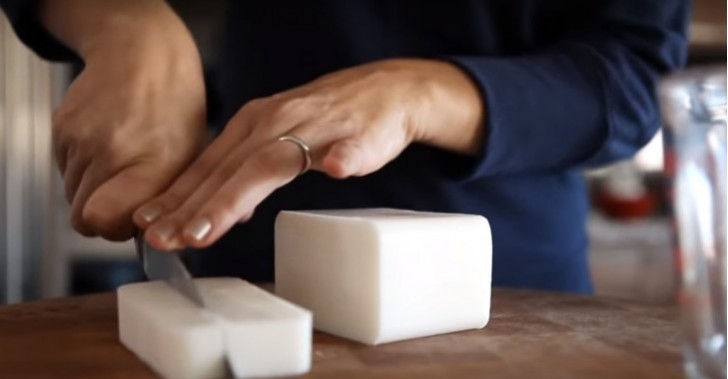
Prepare a body scrub
The scrub is one of the body care products that should be used regularly, so as to remove the layers of skin to allow the tissues to regenerate. There are many on the market, but it is also possible to easily create a very effective one at home, even using scraps of soap. The important thing is that it is a soap suitable for your skin, since it will be used all over the body.
What you will need is: soap scraps of the same type (preferably white or natural), lavender essential oil (or whatever else you prefer), alcohol spray and pastry molds such as those for muffins. As for the exfoliating element, you can use very dry coffee grounds or, for a slightly more "aggressive" scrub, cane sugar (than the one with not very thin grains).
Here's how to proceed:
- Place the pieces of soap in a thermal container suitable for microwave cooking.
- Run the oven for about 30 seconds at a high temperature.
- Mix the melted soap with a wooden ladle and repeat the cooking of step 2 until you have a smooth and lump-free preparation. If this seems appropriate, add a tablespoon of water.
- When the soap is liquid you can add the coffee and mix. If you want to use sugar instead, you will have to wait for the liquid soap to cool enough not to dissolve the sugar, but not too much so that it is no longer malleable.
- When the soap is just a little cooler (or when you put the sugar), add the drops of essential oil, at least a dozen.
- Pour everything into the molds
- Spray the surface of the mixture in each mold with alcohol to eliminate any bubbles.
- When the container is no longer hot, you can put it in the freezer for a quarter of an hour, otherwise wait for it to solidify at room temperature or in the fridge.
- Take the soap out of the molds and you have your solid scrub ready to use.
In the shower glove
Crush the soap scraps into flakes and slip them into your sponge or microfiber shower glove when you are about to take a shower or bath. In this way you will transform it into an excellent soapy glove that will release scented foam when you moisten it and pass on the skin.
In the garden
If you have a fountain or sink in the garden or on the balcony, you can keep your soap scraps there, even pressed together to form a composite bar of soap, to be used to wash your hands quickly before returning home after working in our green spaces. .
Travelling
In the beauty case that we take on a trip, it can be useful to have a small piece of soap (perhaps the larger ones) ready to use in case you have to wash your hands in a place where you wouldn't find any. Especially if we need to use special formulations for delicate skin.
Scented bags
If you like the aroma of your soap but don't want to make a new bar of soap, you can cut the leftover into small pieces or flakes and put it in cotton bags along with rice, using it to perfume drawers and cabinets. If, on the other hand, the soap did not have a particularly intense scent, you can still use it in this way, but also adding a few drops of your favorite essential oil.
For sewing
Our grandmothers skilled with needle and thread knew a small and useful secret: when there was no chalk for the fabric, they resorted to the remnants of dry soap, at least on dark fabrics, where it leaves a visible trace that however disappears with washing.
Have you used soap scraps in any of these ways before?

